
THE WORLD ticked over into the 21st century and the 4x4 scene continued to evolve, with vehicle manufacturers trying to find the balance between rugged off-road tourer and family wagon that the buying public was increasingly demanding.
The big two – Nissan and Toyota – continued their domination of the market but were facing more competition than ever, with overseas brands becoming more ‘serious’ about their Down Under presence. The result would be a 4x4OTY honour roll that saw some past winners re-visit their glory days, along with a few newbies.
The years 2000-2009 would also see many changes in the technology applied to 4WD vehicles and in terms of the wider choices that would become available for buyers. This would mean more brands and, in regards to the vehicle type, a large 4x4 wagon would no longer be the only choice for off-road tourers looking to escape the rat race and explore the country.
2000: Jeep Grand Cherokee Limited V8
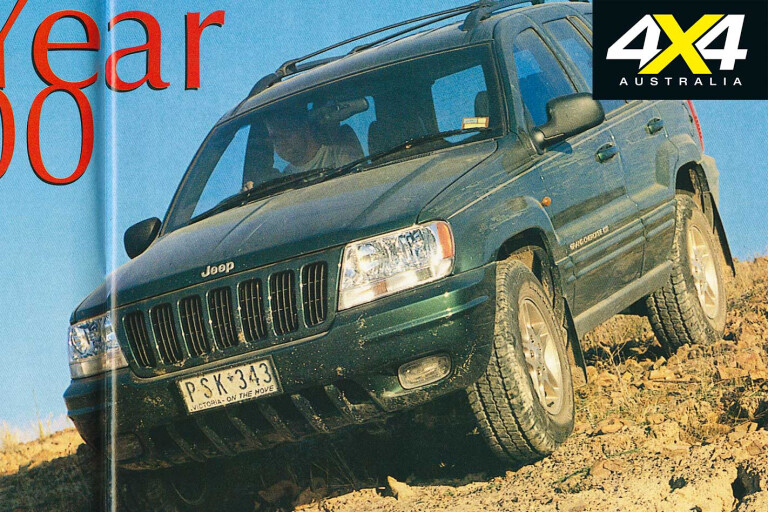
THE WJ Grand Cherokee scored the first-ever follow-up win at 4x4OTY, with some minor tweaks to what was already a formidable platform. Again, the punchy V8/five-speed auto combo, along with that excellent Quadra-Drive 4WD system and long-travel coil/live axle suspension, proved unstoppable and contributed to its impressive on- and off-road performance.
The interior was barely changed; its climate control air-con, heated leather and schmick audio system were still considered high-end in the market. Rightly so, Jeep stuck to the same formula as the previous year, which proved a winning one.
2001: Toyota Land Cruiser 100 Series GXL Turbo-Diesel

THE 100 Series had been selling very well before the arrival of the superb 1HD-FTE 4.2-litre turbo-diesel six-cylinder engine. This big oiler pumped out 150kW and 430Nm – a welcome boost in performance to help lug the big unit around – with that chunky amount of torque coming online at 1400rpm.
Controversially at the time, this Toyota diesel engine was only available in 100 Series with independent front suspension (so, a GXL or GVX spec). Still, that didn’t stop it from becoming a sales success juggernaut and a clear winner of 4x4OTY. With the new donk and the already well-proven on- and off-road driving performance, the 100 Series didn’t have a chink in its armour.
2002: Nissan Patrol ST 4800

THERE’S no substitute for cubic inches. Nissan stuck to this adage, with the result being the 2002 4x4OTY gong finding its way into the trophy cabinet.
The Japanese giant fitted a stroked version of its 4.5-litre inline six-cylinder, upping capacity to 4.8 litres and producing a heady 185kW/420Nm, with this grunt transferred to the wheels via either a five-speed manual gearbox or an optional – and new – five-speed auto, as tested at 4x4OTY. Other standard kit included cruise control, air-con, CD/stereo and third-row fold-up seats. Surprisingly, buyers had to stump-up extra cash for a passenger airbag and ABS.
Still, the ST 4800 offered plenty of bang for bucks, with that monster engine working very well with the rest of the vehicle’s well-proven components (think: live-axle/coil spring suspension and tough chassis). You just had to brace yourself for the fuel bill.
2003: Toyota Land Cruiser GXL V8
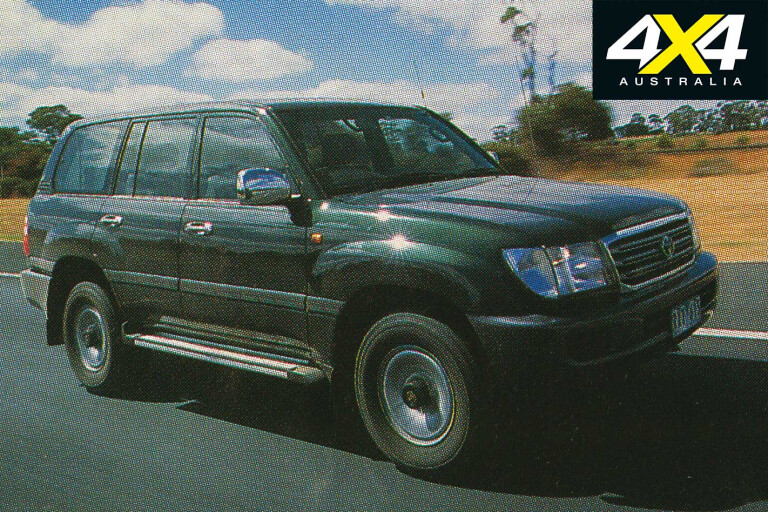
THE power wars continued in 2003, with Toyota responding to Nissan’s brutal Patrol ST 4800 by dropping the 4.5-litre six-cylinder petrol engine and shoving a 170kW/410Nm 4.7-litre V8 into the Cruiser.
Buyers had the choice of a five-speed manual or auto (up from the previous four-speed slush box), and the thirsty bent-eight was satiated via a 145-litre tank. That was barely enough, considering you’d see a best of 13.0L/100km on the highway and a hideous 25.0L/100km around town.
The IFS and more direct rack-and-pinion steering of this latest Cruiser incarnation helped make the heavy hitter even more car-like to drive – not an easy task considering its near-2.5-tonne heft. It was well-priced for its time; the GXL started at a touch over $58K (the top-end Sahara was $64K-plus) and included ABS as standard, as well dual airbags, air-con, a six-stacker CD and more.
2004: Toyota Prado GXL Turbo-Diesel
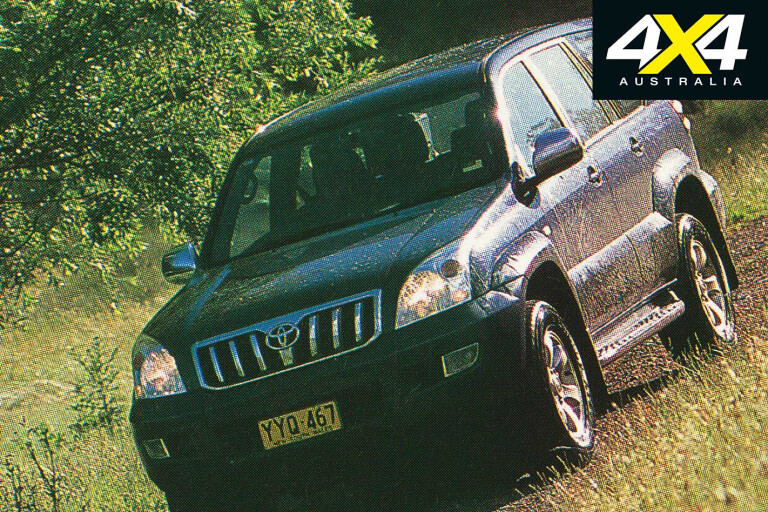
WITH an already well-proven 3.0-litre turbo-diesel engine (with the option of a five-speed manual or four-speed auto), the 120 Series Prado also included Toyota’s tried-and-true suspension setup of IFS and live-axle rear. Add in the largest fuel capacity on the market – at a heady 180 litres – and a supple, comfortable ride both on- and off-road and it was easy to see how the Prado had become the ‘family 4WD’ of choice.
That perception of softness was distilled off-road, thanks to an effective traction control system, plenty of suspension travel at the rear, and loads of cargo space that made for a brilliant base from which to build a tourer.
2005: Land Rover Discovery SE TDV6

WHEN the all-new Land Rover Discovery was revealed it was heralded as a quantum leap in 4WD technology, and rightly so. From its unique combo of separate chassis and monocoque construction, to its tech-laden off-road driving aids – headed by Terrain Response and its five off-road modes – the new ‘Disco’ was the fulfilment of that ideal of a 4x4 that was equally adept in town as it was in the toughest conditions.
Terrain Response combined beautifully with the electronically controlled air suspension that, cleverly, mimicked a live-axle in terms of articulation; while the on-road performance was next-level for a larger 4x4 wagon (the Disco weighed in at around 2400kg, depending on model/specs) thanks to the 2.7-litre TDV6.
Add in a third-row seating setup that allowed adults to spend time in comfortably, a schmick turbo-diesel donk (and six-speed auto or manual), and it was Disco first, daylight second.
2006: Range Rover Sport TDV6
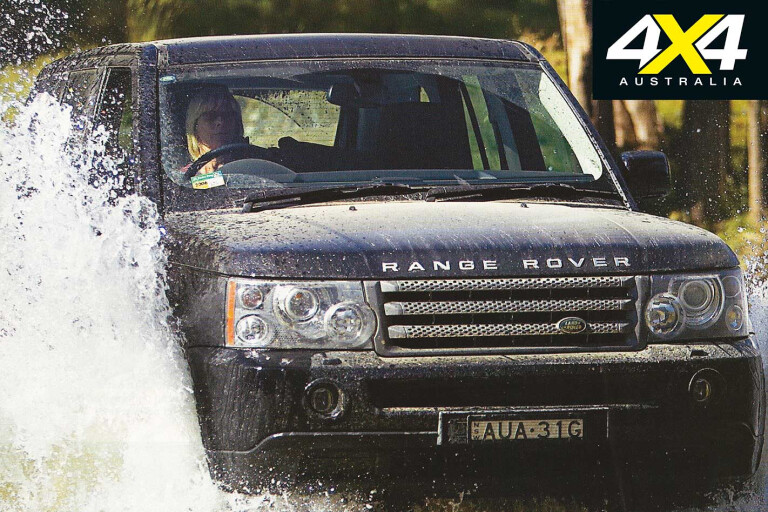
IT WAS two-up for Land Rover, with the all-new Range Rover Sport (LR’s first all-new model since the Freelander 1) continuing the Brit brand’s dominance of 4x4OTY. The Rangie Sport shared numerous Disco 3 attributes – Terrain Response/air suspension, 140kW/440Nm 2.7TDV6, a shortened version of the D3 chassis, integrated body-on-frame construction – in a far sexier shape, harking back to the silhouette of the original Range Rover Classic.
The interior was suitably Range Rover-esque and there was enough storage space in the rear – plus a full-size spare – to ensure those who dared get their Sport down and dirty on a weekend away could do so. With the Sport riding on its highest suspension setting, combined with the short front/rear overhangs, it was nigh unstoppable off-road, and when dropped down low it made short, comfortable work of any big highway trip.
2007: Mitsubishi Pajero GLS CDI
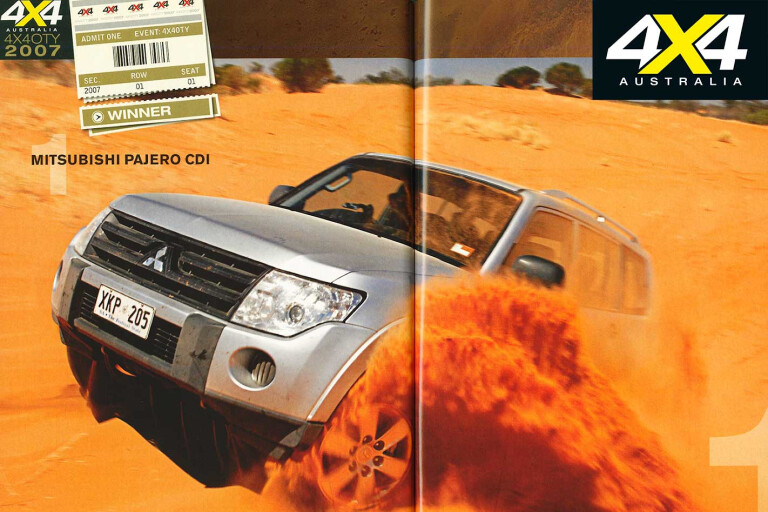
CONSIDERED an evolution rather than revolution, nonetheless the NS Pajero was a shoe-in for top honours in 2007. The venerable 3.2-litre turbo-diesel received a common-rail injection makeover, along with a new variable-geometry turbo which saw it, in five-speed auto form, push out 125kW (118kW for the five-speed manual) and 381Nm (the manual was 3Nm less), with that wall of torque coming from 1600rpm.
Keeping it moving forward across all terrain was Mitsubishi’s Super Select 4WD system, combined with the company’s MATT (Mitsubishi All Terrain Technology) which included traction control, ESC and engine brake assist. The NS Pajero’s monocoque body rolled on all-independent suspension, and it stopped well thanks to upgraded (bigger) discs front and rear.
2008: Range Rover Sport TDV8
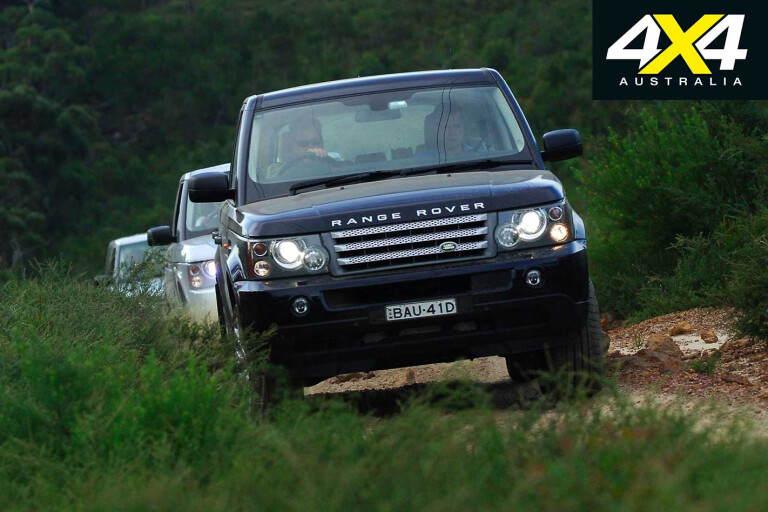
THE Rangie Sport was back on the podium in 2008 thanks to a slick, powerful 200kW/640Nm 3.6-litre turbo-diesel V8. On-road it was a rocket that handled like a beefy sports car; off-road it was unstoppable, with the low gearing (first gear low sported a 43:1 ratio) working exceptionally well with Terrain Response’s ability to tweak ride height, axle articulation, traction control and gear shifts. If you wanted even more off-road capability you could tick the box beside the $1K auto-engaging rear diff-lock.
Add in the expected luxury accoutrements inside (full electric seats, Harman Kardon sound and climate control air0con) and it was four-wheel luxury with bite.
2009: Mitsubishi Pajero GLS CDI
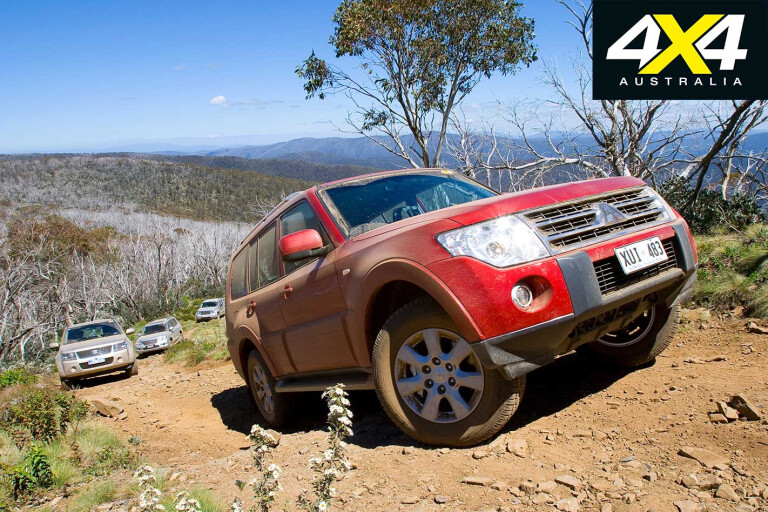
THE big news for the 2009 NT Pajero was the development performed on the 3.2-litre turbo-diesel engine; with 147kW and an impressive 441Nm, it transformed the Pajero’s on- and off-road performance. Also important was the GLS-spec reintroduction, as Mitsubishi positioned it directly against the market-leader, Toyota’s Prado GXL.
All 2009 Pajeros retained coil-spring, all-independent suspension and selectable full-time 4x4, with the ability to operate in rear-wheel drive only thanks to Mitsubishi’s Super Select 4WD. Standard trim on the GLS included six airbags, rear air-con, fog lamps, body-colour flashing, side steps and chrome grille.
Standard GL and GLX features include ABS brakes with electronic brake force distribution and brake assist, electronic stability control, engine brake downhill assist and traction control. You could also option a manually-activated rear diff-lock, which would have upped the Paj’s already considerable off-road capability even more.

COMMENTS